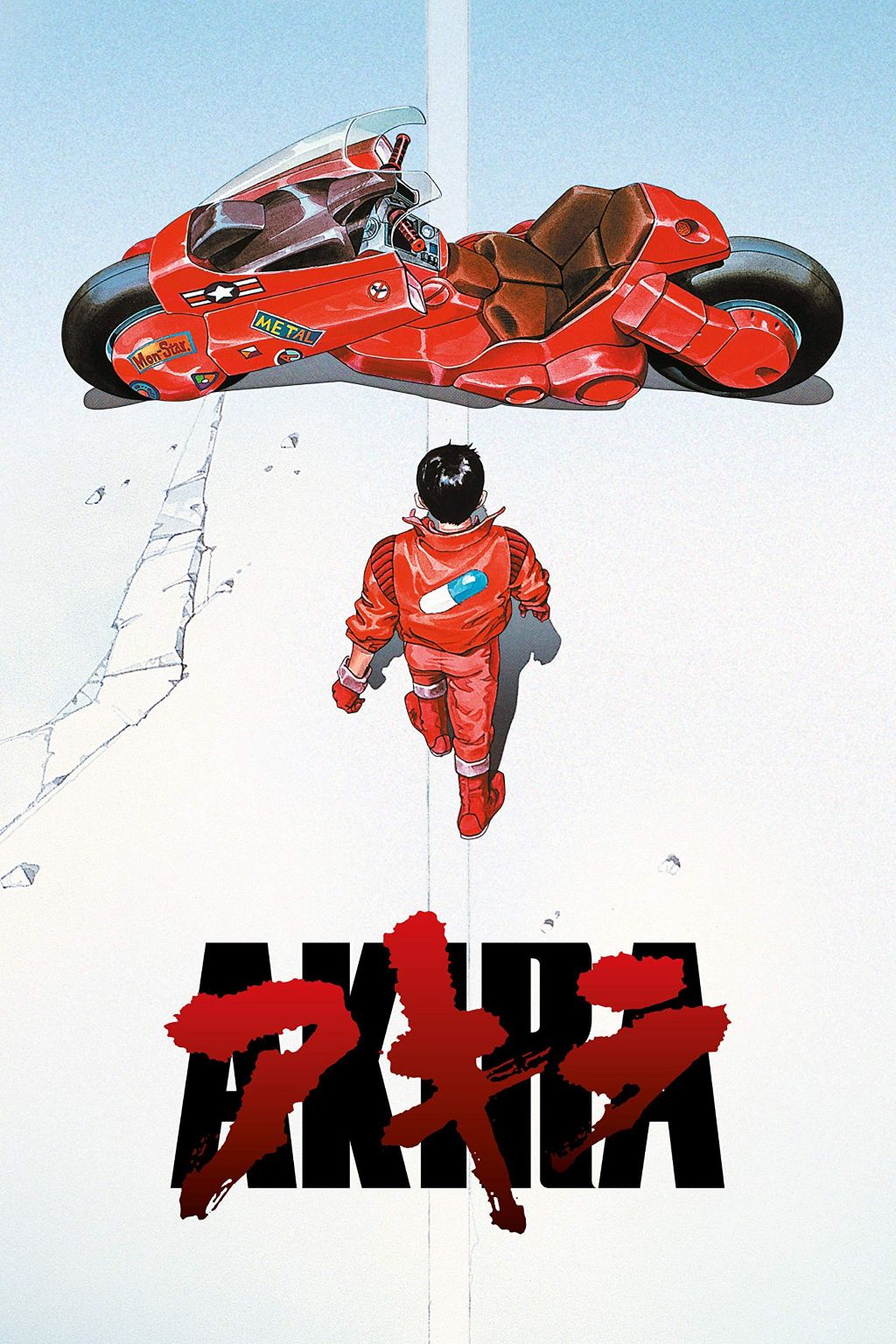Set in a dystopian future, Akiraunfolds in Neo-Tokyo, a city rebuilt after a mysterious explosion triggered World War III. Amid political unrest and violent biker gangs, Kaneda, a rebellious teenager, tries to save his friend Tetsuo, who develops uncontrollable psychic powers after a government experiment. As Tetsuo spirals into madness, the secret of Akira—a child with godlike abilities—threatens to resurface, potentially destroying the city once again. The film blends cyberpunk aesthetics with philosophical themes of power, identity, and the consequences of unchecked technology.
Katsuhiro Ōtomo was born in 1954 in the rural town of Tome, in Japan’s Miyagi Prefecture. Fascinated by cinema and storytelling from a young age, he moved to Tokyo in the early 1970s to pursue a career in manga. His early works showed a keen eye for realism and social commentary, but it was Akira—first serialized as a manga in 1982—that catapulted him to international fame. Ōtomo didn’t just write and illustrate the manga; he also directed its groundbreaking animated adaptation in 1988, which became a global phenomenon and helped redefine the possibilities of Japanese animation.
Ōtomo’s style is marked by meticulous detail, cinematic pacing, and a deep engagement with themes like urban decay, technological anxiety, and psychic evolution. Beyond Akira, he continued to explore these motifs in works like Memoriesand Steamboy, always pushing the boundaries of visual storytelling. His influence extends far beyond Japan, inspiring filmmakers, animators, and artists worldwide. Today, Ōtomo is celebrated not only as a visionary director but also as a cultural icon who helped bring anime into the global mainstream.
